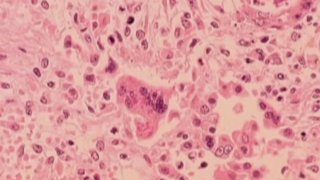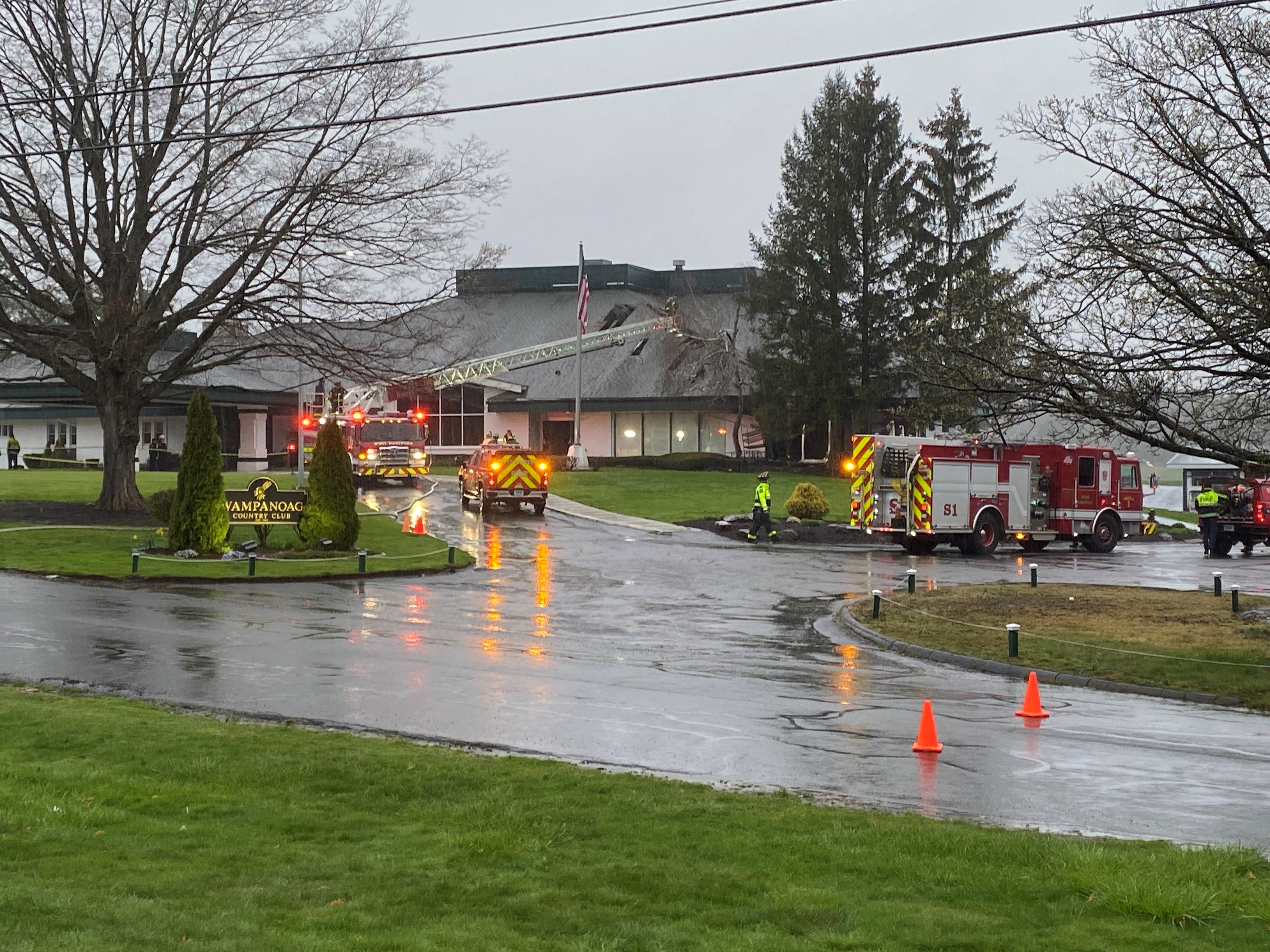
The Connecticut Department of Public Health said a second case of the measles has been reported in Fairfield County.
Officials said it was a child that was infected. The child did not attend school while infectious and is a household contact of the first child who contracted measles, which was reported on April 9.
DPH officials is working to identify contacts and implement appropriate control measures. These two cases are the first reported in Connecticut since 2019.
“The single best way to protect yourself and your children from measles is to be vaccinated,” said DPH Acting Commissioner Dr. Deidre Gifford. “While the COVID-19 pandemic has been happening, some children have fallen behind on their immunizations. This measles case is an important reminder that these vaccine-preventable diseases still pose a threat and that we must protect children through on-time vaccination.”
Get Connecticut local news, weather forecasts and entertainment stories to your inbox. Sign up for NBC Connecticut newsletters.
More About Measles
Officials warn that measles is a highly contagious disease that can spread quickly among people who are unvaccinated. However, DPH said the majority of people exposed to the virus are not at risk because they have either been vaccinated in the past or have had measles before vaccination became routine.
One dose of the measles vaccine is approximately 93% effective at preventing the virus if exposed and two doses are about 97% effective.
Local
DPH officials said two doses of the Measles, Mumps, Rubella (MMR) vaccine are required to attend schools and colleges in Connecticut. However, students with medical or religious exemptions may attend school without being vaccinated.
Adults should have at least one dose of the measles vaccine. Certain groups need two doses of MMR, including: college students, health care workers, international travelers and persons at high risk for measles complications, according to officials.
Adults born in the United States before 1957 are considered immune to the virus from past exposures, but in situations where exposure to measles is likely, these adults may benefit from a dose of MMR vaccine to be safer, DPH said.
Measles symptoms generally begin seven to 14 days after exposure. If infected, a typical case will begin with mild to moderate fever, cough, runny nose, red eyes and sore throat. Three to five days after the start of these symptoms, a red or reddish-brown rash appears, usually starting on a person’s face at their hairline and spreading downward to the entire body. At the time the rash appears, a person’s fever may spike to more than 104 degrees Fahrenheit, according to officials.
The rash typically lasts at least a few days and then disappears in the same order. People with measles may be contagious up to four days before the rash appears and for four days after the rash appears.
Exposed individuals who are not vaccinated against measles are advised to stay out of school, or other high-risk settings, for a full 21 days after their last known exposure, according to Center for Disease Control and Prevention (CDC) guidance.
The CDC recommends all children get two doses of the MMR vaccine, starting with the first dose at 12- through 15-months of age, and the second dose at four through six years of age.



